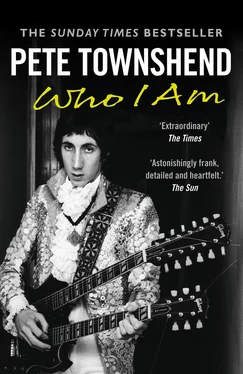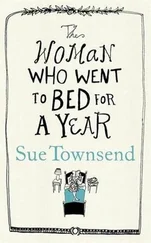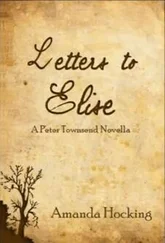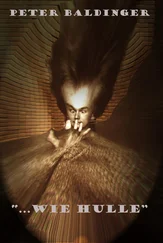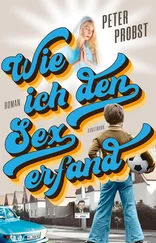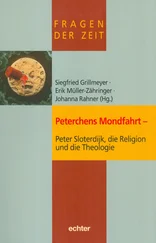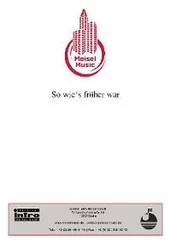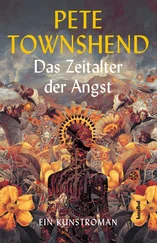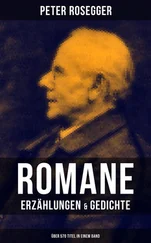Jimi Hendrix’s appearance in my world sharpened my musical need to establish some rightful territory. In some ways Jimi’s performances did borrow from mine – the feedback, the distortion, the guitar theatrics – but his artistic genius lay in how he created a sound all his own: Psychedelic Soul, or what I’ll call ‘Blues Impressionism’. Eric was doing a similar thing with Cream and, in 1967, Stevie Winwood’s band Traffic would release Mr Fantasy , posing another staggering challenge. The musicians around me were truly lifting off in a colourful, ascendant spacecraft, fuelled by Jimi, Eric and Stevie’s new musical creations – and yet Jimi, Eric and Stevie’s psychedelic songs were still deeply rooted in their blues and R&B upbringing.
For six years on our pub and club circuit we had first supported, and later played alongside, some extraordinarily talented bands. Cliff Bennett and the Rebel Rousers were so authentic an R&B band that it was hard to believe they weren’t American. The Hollies, Searchers, Kinks and Pirates changed the face of British pop, not to mention The Beatles or Stones. The 1964 Searchers’ hit ‘Needles and Pins’ created the jangling guitar sound later picked up by The Byrds. The Kinks had brought Eastern sounds to British pop as early as 1965 with the hypnotically beautiful ‘See My Friend’. And there were dozens of other transformative influences all around us.
Like many songwriters I also listened to jazz for inspiration and ideas. A short Cannonball Adderley track called ‘Tengo Tango’ drove me wild, it was so tight, so rocking; Herbie Mann’s version of ‘Right Now’ was a classic of soft jazz; and flautist Yusef Lateef’s Eastern Sounds , featuring the hypnotic track ‘Plum Blossom’, played on an ocarina flute, was very important to me. 1
What had happened to The Who’s blues roots? Had we ever really had any? Did John and Keith feel a strong connection to blues and jazz? Was Roger only interested in the kind of hard R&B that provided a foil for his own masculine angst? Though we enjoyed our recording sessions, The Who seemed to be turning to solipsism for inspiration. My songs were pop curios about subjects as wide-ranging as soft pornography and masturbation, gender-identity crises, the way we misunderstood the isolating factors of mental illness, and – by now well-established – teenage-identity crises and low self-esteem issues.
I couldn’t see how to write about LSD, purple skies and free love. Despite my admiration of extemporised jazz I had no idea how to bring it into The Who’s music. I couldn’t see how The Who would ever become a band admired for their musicianship and ideology as well as their clothes, ideas, gimmicks, Pop Art transferences and aggression.
Why did that even matter? Wasn’t it enough that I had helped discover guitar feedback? I had certainly invented the power chord. With Ray Davies I had introduced the suspended chord into UK pop. But none of this felt like enough. Something dangerous and new was happening in music, and I wanted to be part of it.
While Jimi Hendrix conquered London, The Who’s first performance in the USA was almost an accidental event. Frank Barsalona ran Premier Talent, an agency in New York. He heard about The Who through someone in Brian Epstein’s camp, and was persuaded to put us on the bill of an annual New York package with the famous Murray the K, the first American DJ to get really close to The Beatles. Murray had also been tipped off about Eric’s new band Cream. The shows were planned to take place over a two-week period, during which we were expected to perform six shows a day, so we anticipated an intense period of work.
Flying into New York was a first for my bandmates. Having made two trips there on my own in connection with what became the Allen Klein takeover bid, I felt fairly at ease in the city. Keith and John were so excited they could barely contain themselves, and immediately started living in high style at the Drake Hotel, Keith ordering vintage champagne and John a trolley of several brands each of Scotch, brandy and vodka. The bill was astronomical, and the waiter chided Keith for giving him only a $20 tip. We ate our first real ‘chopped sirloin’ steak there, a big $15 hamburger. I think that’s all I lived on during my stay.
The shows in New York in spring 1967 were a smash for both The Who and Cream. Contrary to the drudgery I’d expected, this was one of the most wonderful two weeks of my life, and certainly the time when I fell in love with New York, a passion that has withstood the test of time.
At the RKO 58th Street Theatre, where the shows would be taking place, we convened for a sound-check and pep talk from Murray the K. By now he had rather lost his ‘Fifth Beatle’ glow; his toupee was dusty and he sweated a lot. He insisted on having a gold-plated microphone, which no one else was allowed to touch, as well as the largest dressing room, which didn’t meet his standards until a star was hung on the door. His address to the bands brought out the worst in me; I hated what I saw as his inflated absurdity, even though I knew Murray the K had been a vital part of breaking British music on American radio. He seemed to have delusions of being a great showman. And perhaps he was.
Murray the K may not have been in his prime, but he did put together an amazing group of musicians. On the regular bill was Wilson Pickett, who took great delight in using Murray’s personal gold microphone whenever he could lay his hands on it. One day Simon & Garfunkel headlined; another The Young Rascals. It was basically a pop-music festival. A real sense of camaraderie developed that, in the end, extended all the way to Murray himself.
What is more difficult to describe is what happened in the audience during that series of shows, simply because we weren’t out there on the folding seats. Legend has it that, because one ticket purchased allowed you to stay all day if you wanted to, a large number of young people attended every single show, partly to find out when The Who would run out of equipment to smash.
While I laboured backstage with soldering iron and glue, rebuilding smashed Fender Stratocasters, The Who’s New York fan base was being built from human kindness and affection never equalled anywhere else on earth. If I set up a mattress on Fifth Avenue today, I could live for the rest of my life on the beneficence and loyalty of our New York fans. I still know at least twenty of those RKO kids by name. I know at least a hundred faces. I know the names of some of their parents. Several kids have come to work for me at various times over the years, and some have written books or made movies about us. Some simply watched, grew up and did everything they went on to do with the same dedicated, compulsive lunacy they saw in us as we performed. We advanced a new concept: destruction is art when set to music. We set a standard: we fall down; we get back up again. New Yorkers loved that, and New York fans carried that standard along with us for many years, until we ourselves were no longer able to measure up.
On our return to England I drove Eric Clapton and Gustav Metzger, the auto-destructive artist whose ideas first inspired me, down to Brighton Pavilion where we were playing with Cream; Gustav was doing the lightshow. Compared with Jimi’s shows I found Cream a little dry when they played a longer set. I wanted to see Eric do something more than just long, rambling guitar solos, just as I wanted something more from myself than silly pop songs and stage destruction.
It was the first time Gustav had seen my version of auto-destruction in process, and though he was pleased to have been such a powerful influence he tried to explain that according to his thesis I faced a dilemma; I was supposed to boycott the new commercial pop form itself, attack the very process that allowed me such creative expression, not contribute to it. I agreed. The gimmicks had overtaken me.
Читать дальше
